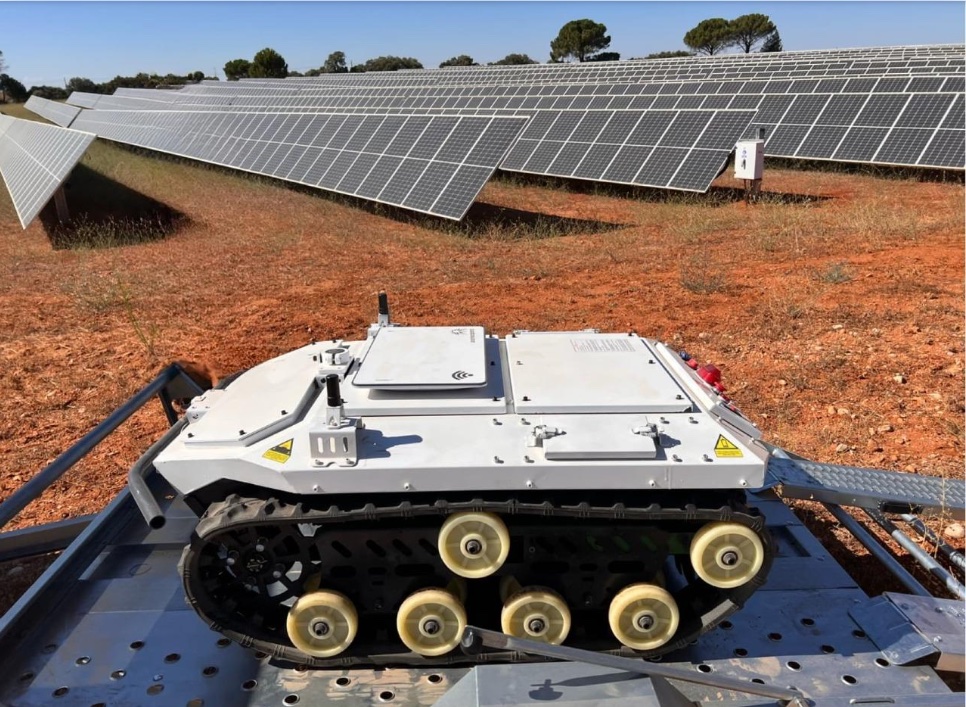The Antecursor II robot boasts an autonomy of more than 30 hours. Equipped with high-resolution thermographic sensors, it continuously captures thousands of facility measurements per second. These digital data undergo evaluation through Arbórea’s patented AI process, a combination of hardware and software.
“It regulates its automatic movement, with centimeter precision, on a process patented by Arbórea inspired by hunting strategies of the genet, a nocturnal predator, capable of moving precisely in the dark,” said Arbórea Intellbird.
Arbórea uses the Starlink satellite network to enable real-time monitoring of its robot fleet deployed in remote photovoltaic plants through the patented “Virtual Control Tower.” This platform automatically receives real-time information on each robot’s system status and alerts related to detected anomalies.
The robot serves two primary functions: autonomously monitoring photovoltaic infrastructure and conducting vegetation clearing. Unlike drones that focus on the upper part of panels, the robot simultaneously examines lower structures, identifying potential risks like clips, fuse holders, staples, or wiring. The system detects anomalies, evaluates them based on plant conditions, and promptly alerts technicians to potential failures, preventing fire risks.
The robot also features an integrated vegetation-clearing system made from aeronautical materials, ensuring efficient mulching.




